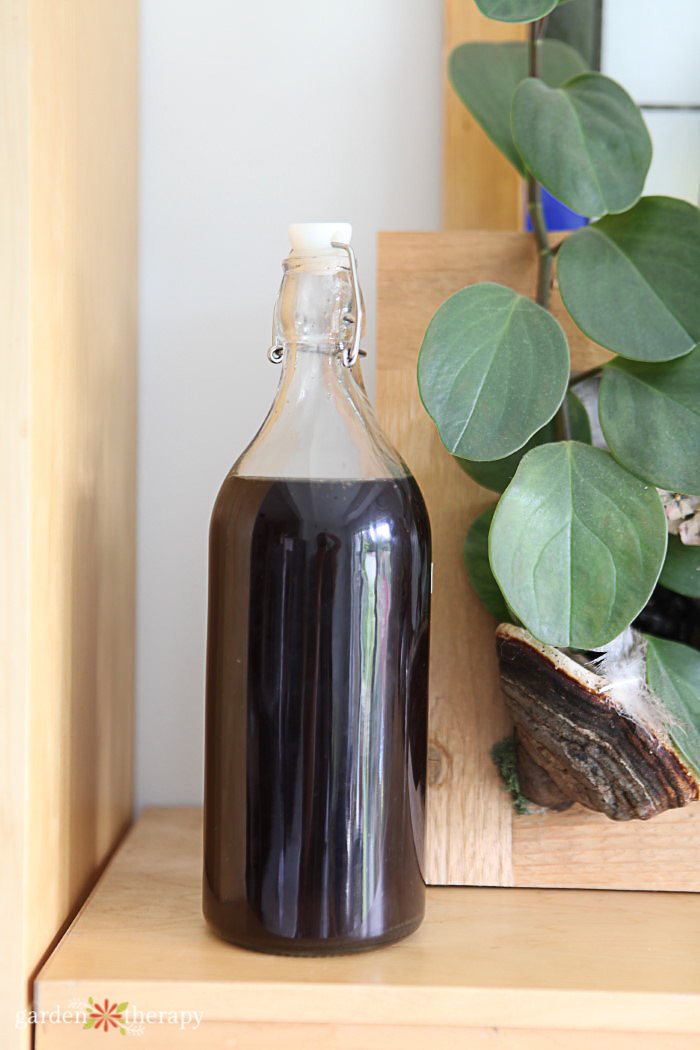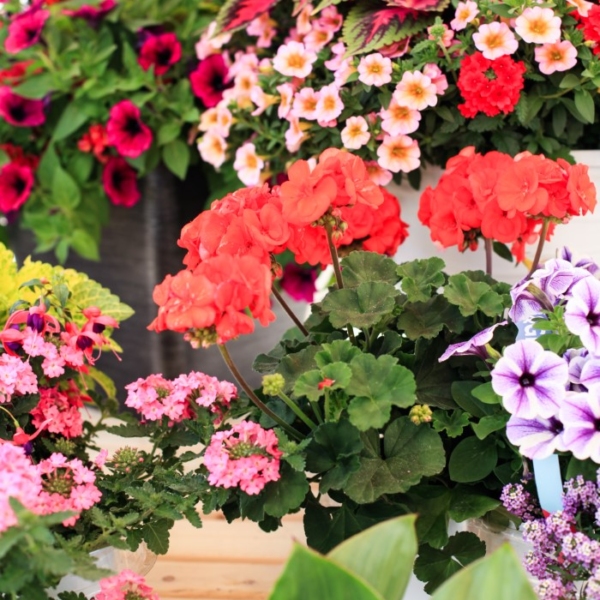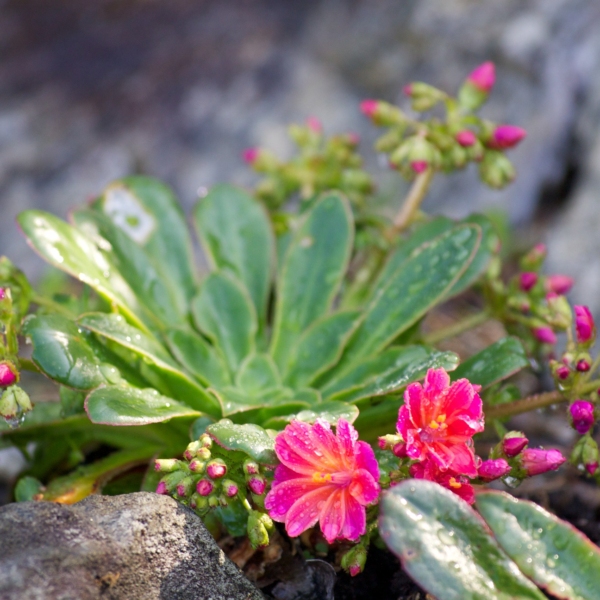Chances are, you’ve seen a video of someone soaking old banana peels in a Mason jar of water and pouring it over top of their houseplants. They claim it’s the best fertilizer, and their plants have never been happier. But…how true can that statement be? Here’s what you can really expect when using banana peels as fertilizer.
You can’t believe everything you see on TikTok. Or Instagram. Or the internet, for that matter.
Every day, I see plant hacks advertised as miracle cures or with mysterious superpowers you can use on your houseplants and garden. Even better, they come from kitchen scraps or materials you already have in your pantry!
I hate to burst the bubble, but many of these aren’t as awesome as they appear—one of those being banana peels.
So before you go bananas for banana peel fertilizer, let’s talk about the proposed benefits and the realistic value of using banana peels in the garden.
This post will talk about…
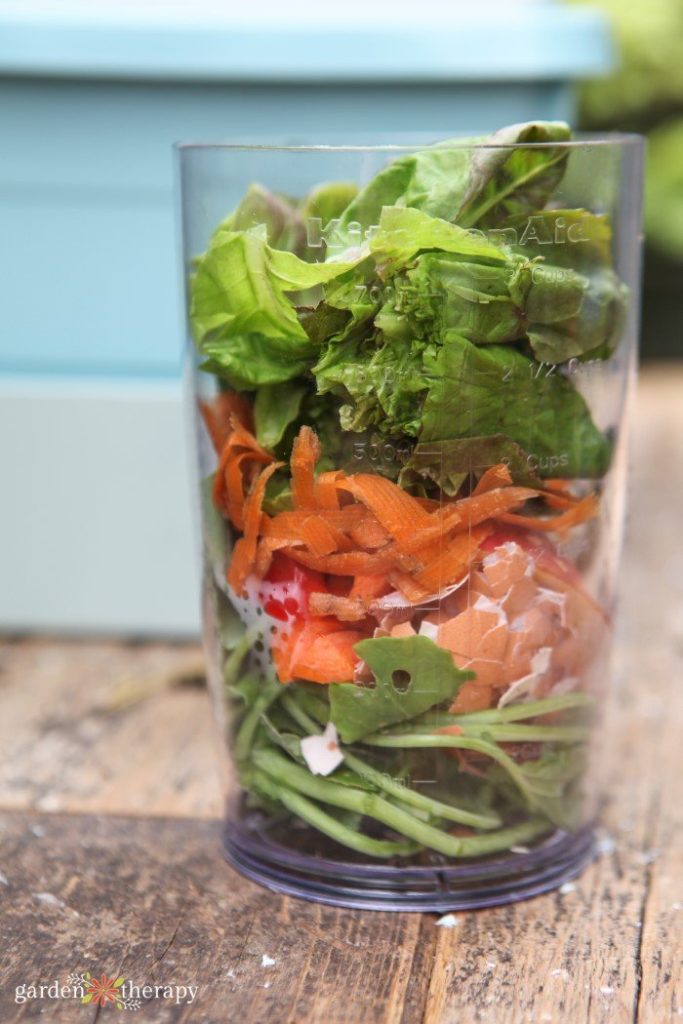
The Importance of Potassium
Potassium is one of the three key macronutrients that plants need alongside nitrogen and phosphorus. This means plants take potassium in large amounts compared to other micronutrients and minerals.
Potassium helps to promote all-around plant health, boosting its immune system and disease resistance. A plant that gets enough potassium has plenty of vigour.
But just because it’s one of the more essential nutrients, it doesn’t necessarily mean your soil lacks potassium. The best way to know what your soil needs or may be lacking is to perform a soil test. It’s easy to do one at home with a soil test kit.
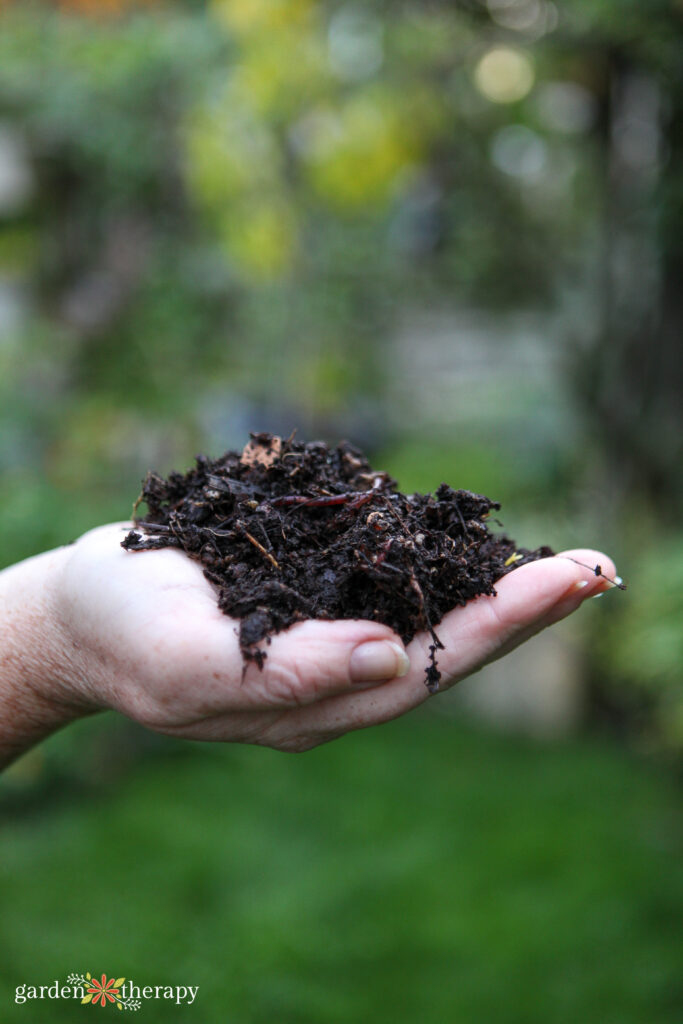
Banana Peels as Fertilizer. Do They Really Work?
We all know that bananas are an excellent source of potassium. Our parents tell us to eat our bananas to promote a healthy heart and to stop those darn leg cramps.
So, in theory, bananas should also be an excellent source of potassium for the garden, right?
Well, not quite. The common practice I’ve seen is making banana tea by soaking the peels in water and then using the banana water as fertilizer for houseplants and the garden. This practice is similar to compost tea, which is a hot garden debate itself.
The reality is that very little of the banana decomposes, meaning there is little nutritional value in the banana water for your plants.
Another way people use banana peels is to just put them right in the soil. Really, it takes a long time for the banana peels to break down. It can also result in air pockets and a smelly garden.
Bananas aren’t some instant nutrient boost. They’re just like any other kitchen scrap you toss in the compost pile.
Even if your garden does lack potassium, according to a soil test, there are better ways to get it. Compost and other garden amendments like alfalfa meal and wood ash can be great potassium additions.
Want a better fertilizer recipe? Try my indoor plant fertilizer recipe.
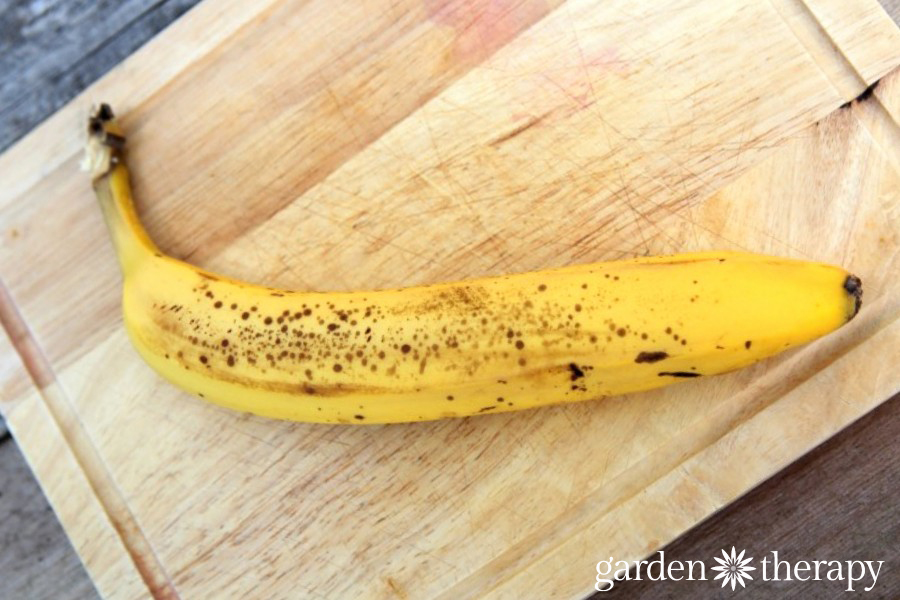
How to Use Banana Peels in the Garden
If you want to use banana peels in the garden, treat them like any other kitchen scraps. Because yes, it’s always better to compost your kitchen scraps rather than put them in the landfill.
Banana peels are considered greens in a compost pile, alongside other fruit and vegetable scraps. Greens hold lots of moisture and typically have high nitrogen content.
Greens need to be combined with browns, such as leaves or cardboard, which are high in carbon content and allow the air to flow so the compost doesn’t get wet and stinky.
So! Just put your banana peels in the compost bin and ensure you’re following the right compost recipe (try this recipe) so everything breaks down quickly and without any big stink.
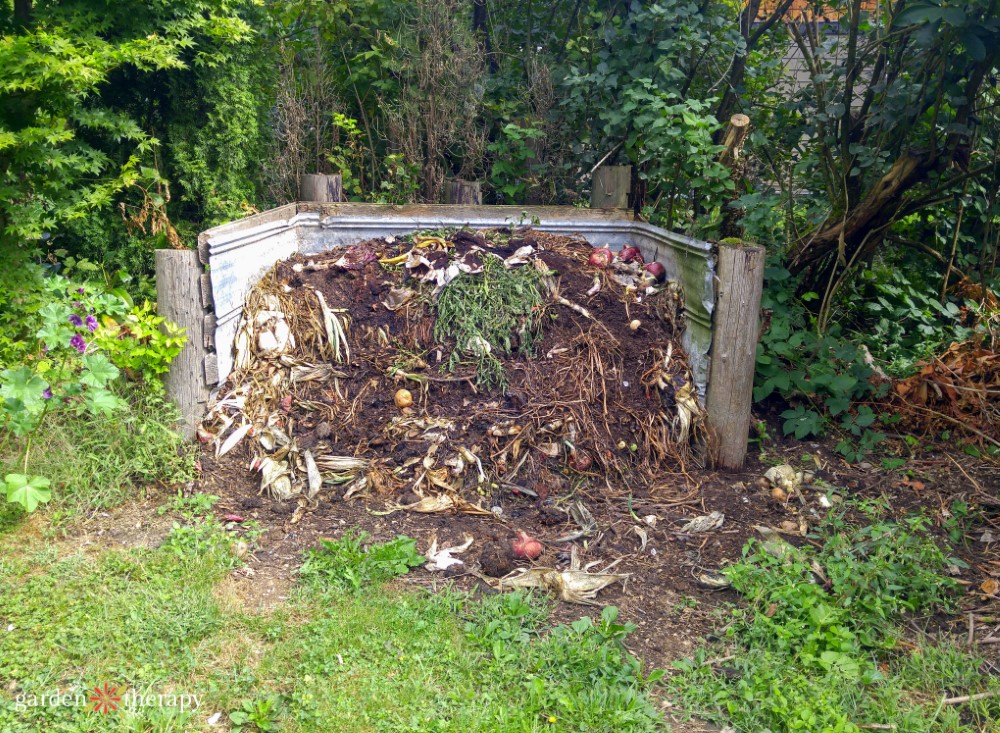
Frequently Asked Questions About Banana Peels in the Garden
How effective are banana peels as fertilizer?
Bananas aren’t bad for the garden, but they’re by no means some miracle fertilizer. The best way to use them is to add them to your compost bin alongside your other kitchen scraps.
How to keep bugs and animals away from banana peels in the garden?
A well-balanced compost shouldn’t be overly stinky (follow this compost recipe). Stick banana peels in your compost bin rather than directly in the garden, which will help them break down faster.
You can also use a compost tumbler, which is a completely covered and enclosed compost system. I used this method when rats visited my compost, and it worked like a charm.
Can you put a whole banana in water for plants?
Traditional banana tea is made using the leftover peels. Even then, very little of the banana decomposes in the water for it to be of much value as a fertilizer. So, your best bet is to eat that banana and toss the peel in your compost, where it can break down and provide some real value to your garden.
